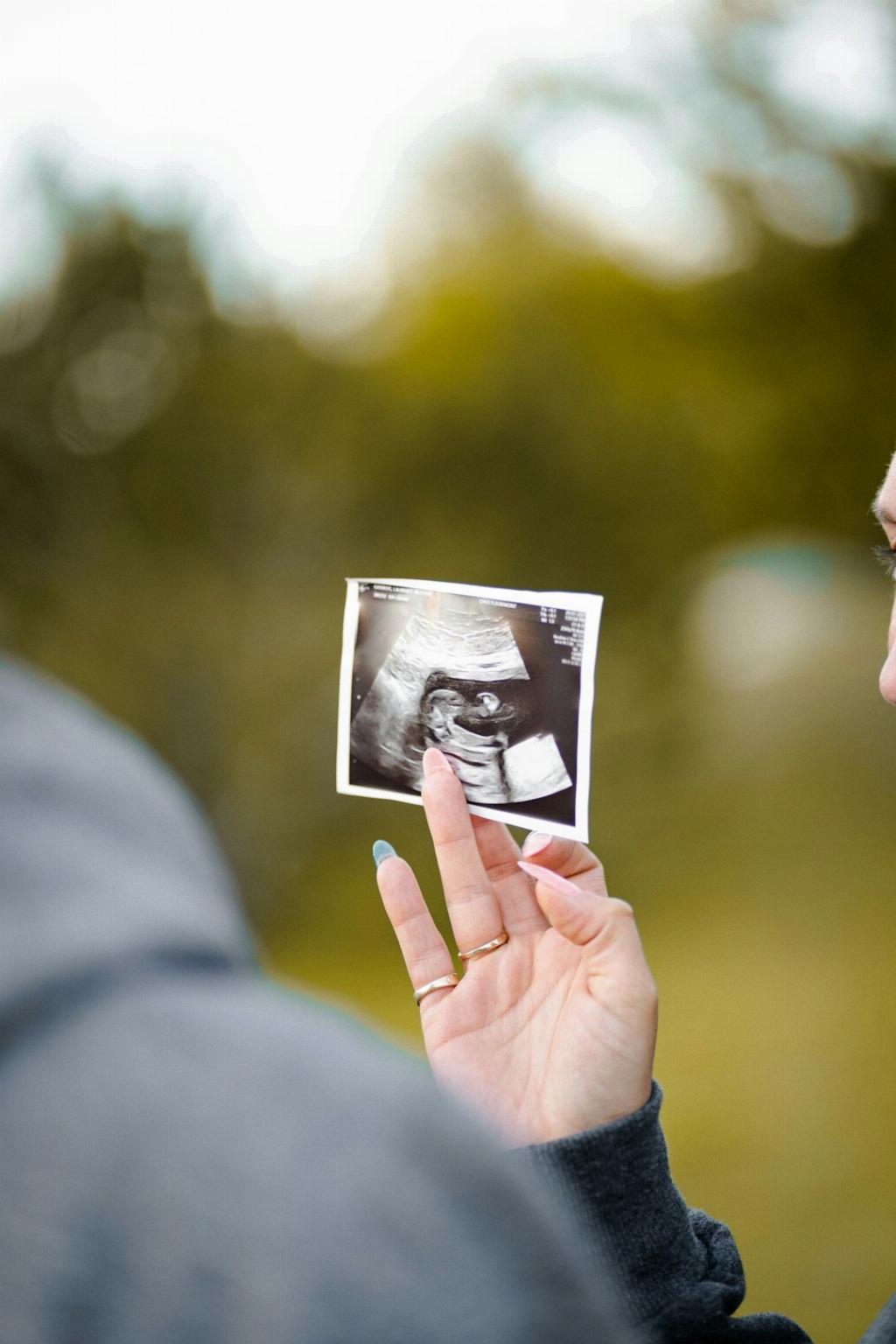Experiencing pelvic pain during pregnancy can be a common occurrence for many women, especially as the body undergoes significant changes to accommodate the growing baby. One of the primary causes of pelvic pain during pregnancy is a condition known as Pelvic Girdle Pain (PGP), which can lead to discomfort in the pelvic region, lower back, and hips. At 7 months pregnant, the uterus continues to expand, placing increased pressure on the pelvic area, which can exacerbate any existing pain or discomfort.
Factors Contributing to Pelvic Pain
Several factors can contribute to pelvic pain during pregnancy, including hormonal changes that loosen ligaments and joints in preparation for childbirth. This increased flexibility can lead to instability in the pelvic joints, causing pain and discomfort. Additionally, the added weight and pressure from the growing baby can further strain the muscles and ligaments in the pelvis, leading to discomfort.
Impact of Weight Gain
Weight gain during pregnancy is a natural and essential part of the process, but it can also contribute to pelvic pain. The added weight puts additional stress on the pelvic joints and muscles, leading to increased discomfort, particularly in the later stages of pregnancy such as at 7 months when the baby is growing rapidly.
Posture and Body Mechanics
Changes in posture and body mechanics during pregnancy can also play a significant role in pelvic pain. As the uterus expands, it can shift the body’s center of gravity, leading to changes in posture that can strain the pelvic muscles. Poor body mechanics, such as lifting heavy objects incorrectly or sitting or standing for prolonged periods, can also exacerbate pelvic pain.
Impact of Physical Activity
Engaging in regular, gentle exercise during pregnancy is essential for maintaining strength and flexibility, but certain activities may exacerbate pelvic pain. High-impact exercises or activities that place excessive strain on the pelvis, such as running or lifting heavy weights, can worsen existing discomfort. It is important to consult with your healthcare provider before engaging in any exercise program to ensure it is safe for you and your baby.
Managing Pelvic Pain
There are several strategies you can employ to help manage pelvic pain during pregnancy. Physical therapy or exercises designed to strengthen the pelvic floor muscles and improve stability can be beneficial. Using supportive devices such as pregnancy belts or pillows to relieve pressure on the pelvis can also help alleviate discomfort. Additionally, practicing good posture, avoiding prolonged standing or sitting, and taking regular breaks to rest and elevate your legs can help reduce pelvic pain.
When to Seek Medical Attention
If you are experiencing severe or persistent pelvic pain at 7 months pregnant, it is essential to consult with your healthcare provider. Pelvic pain can sometimes be a sign of more serious conditions such as preterm labor or gestational diabetes, so it is important to rule out any underlying medical issues. Your doctor can provide a proper diagnosis and recommend appropriate treatment options to help manage your pelvic pain.
Importance of Self-Care
Self-care practices such as gentle stretching, warm baths, and prenatal massage can also help alleviate pelvic pain and promote relaxation. It is crucial to prioritize self-care during pregnancy to ensure your physical and emotional well-being. Remember to listen to your body, rest when needed, and seek support from your healthcare provider or a prenatal care specialist if you have any concerns about your pelvic pain.

